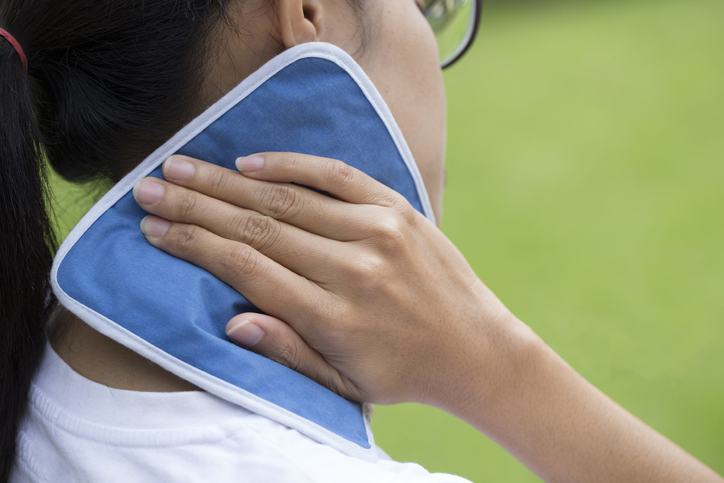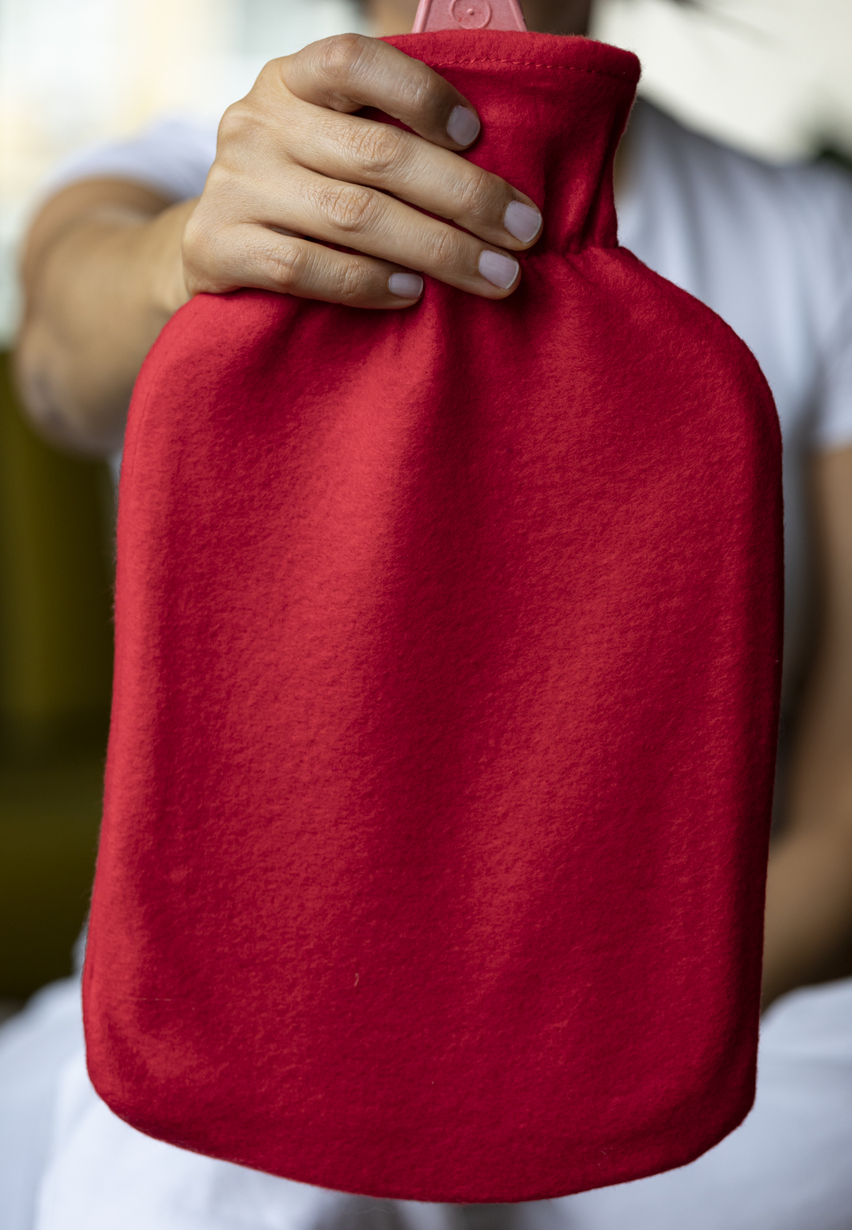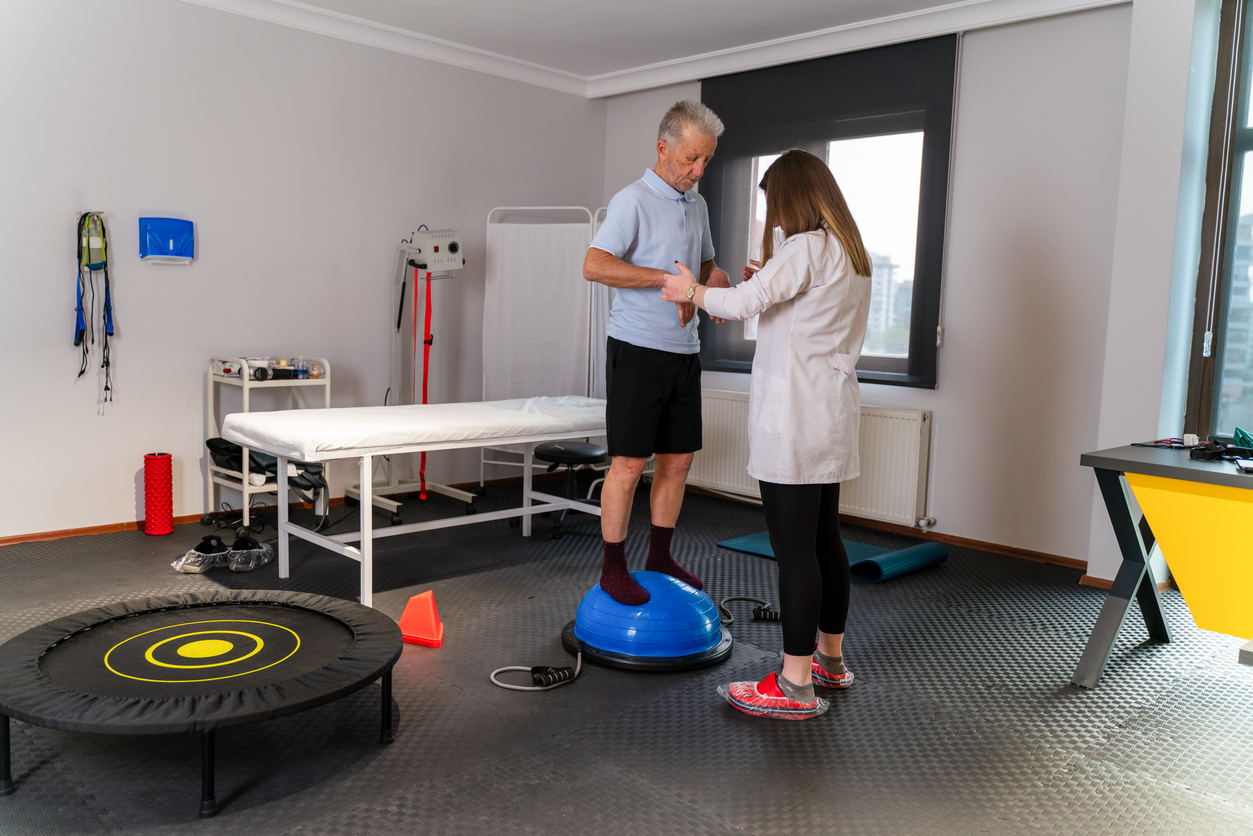Treatments
Heat vs. Ice for Pain Relief

What is temperature therapy?
Temperature therapy involves the use of heat or cold to reduce pain. Heat therapy relaxes stiff joints and muscles; whereas, cold therapy numbs acute pain and reduces inflammation. Switching between heat and cold therapy can help reduce certain types of pain.
Heat or cold therapy treatment
Heat therapy increases the temperature of the targeted area, improving circulation and blood flow. This can soothe stiff joints and increase muscle flexibility. Cold therapy is used to decrease blood flow to a targeted area, which can reduce inflammation and swelling, particularly around a joint or tendon.
When to use cold therapy
Reducing blood flow to a certain area of the body can aid in reducing the swelling and inflammation that contributes to pain, specifically around regions with tendons and joints. In addition, cold therapy can reduce nerve activity, which also assists in pain reduction. Cold therapy should not be used on stiff joints and muscles or if poor circulation is present.
To avoid skin, tissue or nerve damage, cold therapy should not be used more than 20 minutes at a time, several times each day. A cloth or towel should always be placed between the skin and cold source.
Examples of cold therapy options include, but are not limited to, the following:
- Bag of ice or frozen vegetables
- Cold pack
- Ice bath
- Cold mask
When to use heat therapy
Heat therapy increases the temperature of the targeted area, improving circulation and blood flow. It dilates blood vessels to increase circulation. This boosts nutrients to the affected joints and muscles. Heat therapy can soothe stiff joints and increase muscle flexibility.
Warm heat, not hot, can be applied up to 20 minutes at a time, numerous times each day. A cloth or towel should always be placed between the skin and heat source.
Examples of heat therapy options include, but are not limited to, the following:
- Electric heating pad
- Warm bath or shower
- Hot water bottle
- Heated rice pillow
- Paraffin wax treatment
- Warm whirlpool
- Sauna
As always, consult with a health care professional or pain specialist to determine what temperature treatment regimen is best.


















